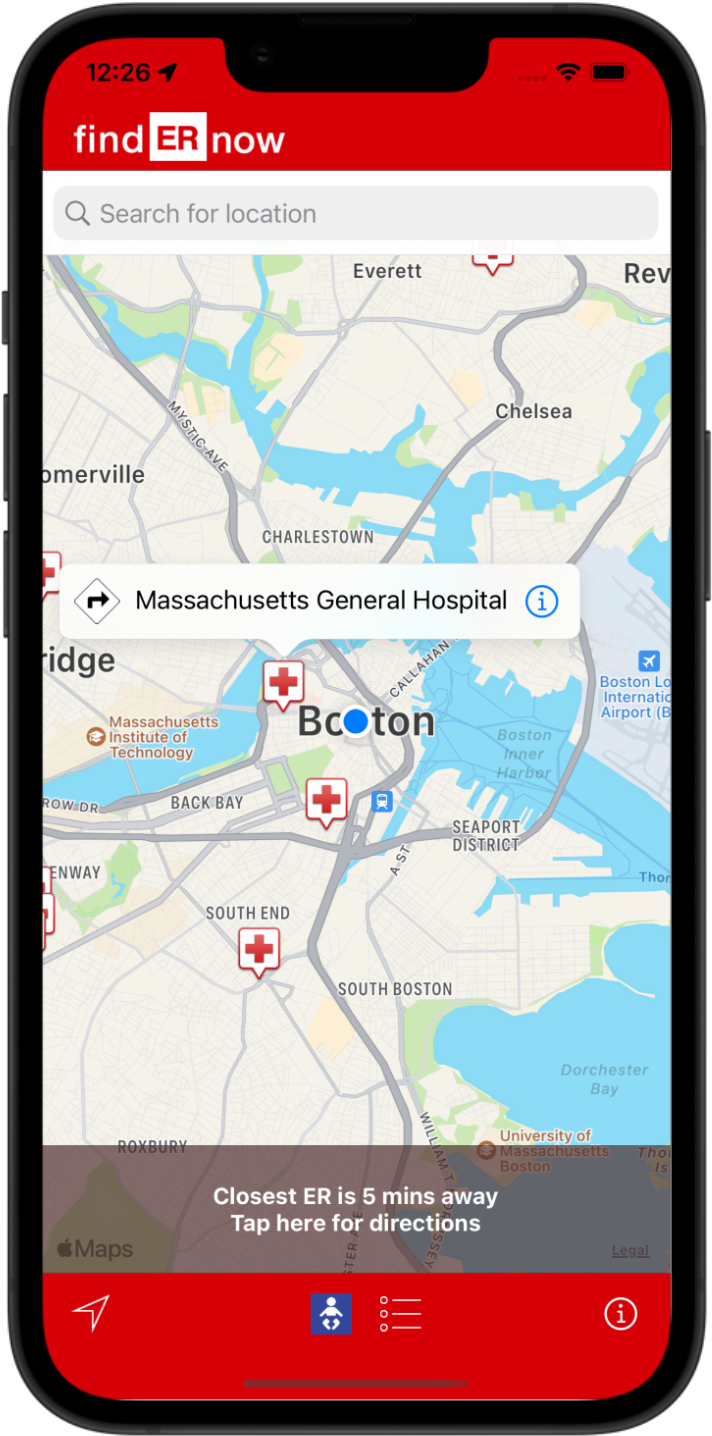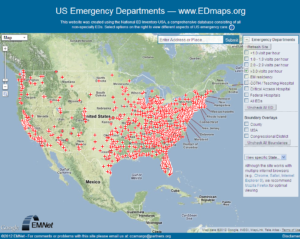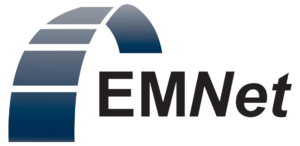Active Projects
A major priority for the Emergency Medicine Network (EMNet) is to maintain its unique inventory of emergency departments, or emergency rooms (ERs), in the United States through the annual National Emergency Department Inventory (NEDI-USA). EMNet has created a smartphone app based on this unique national database.
Using the smartphone’s GPS, findERnow is able to to quickly locate the user’s current location and the distance/driving time to the closest ER anywhere within the United States.
Learn more about the findERnow app here.
![]()
The Pediatric Emergency Care Coordinator (PECC) Initiative was an EMNet campaign to establish a physician and/or nursing Pediatric Emergency Care Coordinator (PECC) in 100% of Massachusetts EDs by October 2017. This initiative additionally aimed to make it easy for ED leadership to establish these PECC roles through web based resources.
Based on the success of the PECC Initiative in Massachusetts, EMNet is continuing to use this as a model for helping other states to expand establishment of PECCs in their EDs. In addition, we continue to keep track of PECC appointments annually through the National Emergency Department Inventory (NEDI-USA).
To learn more about the PECC Initiative, please contact Dr. Carlos Camargo.
To view the MACEP PECC Toolkit, click here

Past Initiatives
The NEDI-USA project is a major activity of the EMNet health services research program. With continual refinement over the past 10 years, it now provides EMNet with a truly unique national resource: the most complete, up-to-date, accurate inventory of every ED in the nation. For researchers, EMNet posts a state-specific summary of data on-line. For the general public, EMNet staff have created findERnow a free app for iPhone and Android that helps users to quickly find the closest ED. We also developed an on-line Google Maps version of the latest NEDI-USA database. EDmaps provided this information on the internet in a searchable map format.

From 2003-2005, EMNet held a 5K Run for Asthma in observance of World Asthma Day (WAD) in May. The goal of the event was to improve community awareness of asthma and to raise funds for asthma research at MGH. In 2006, changes in usage regulations for the athletic field adjacent to the 5K course precluded continuation of this annual fundraiser.
For those who would like to continue to participate in local events, we encourage you to visit the American Lung Association website at www.lung.org for more information.
We thank participants, sponsors, volunteers and others, who invested their time and resources over the years to make the annual event a memorable occasion for all.
Here are race results from each annual run: 2003, 2004, and 2005.

Like most Americans, the emergency medicine community was shocked and saddened by the events of September 11, 2001. The anthrax threat in October 2001 also raised major concerns. One lesson that we learned from these events was that rapid communication between Federal/State governments and EDs was difficult. In many cases, this was because state Health Departments lacked complete and up-to-date contact information (e.g. fax numbers, e-mails, pager numbers) for the many EDs in their state.
In October 2001, EMNet Coordinating Center staff created the ED Alert Network to provide the different state Health Departments with an up-to-date ED contact database. Over the next year, the ED Alert Network provided this information to the appropriate staff at state Health Departments across the USA. The ED Alert Network did not provide this information to any other group, nor use this information for any other purpose. This voluntary national initiative concluded in November 2002, with ED databases present in at least 33 states.
